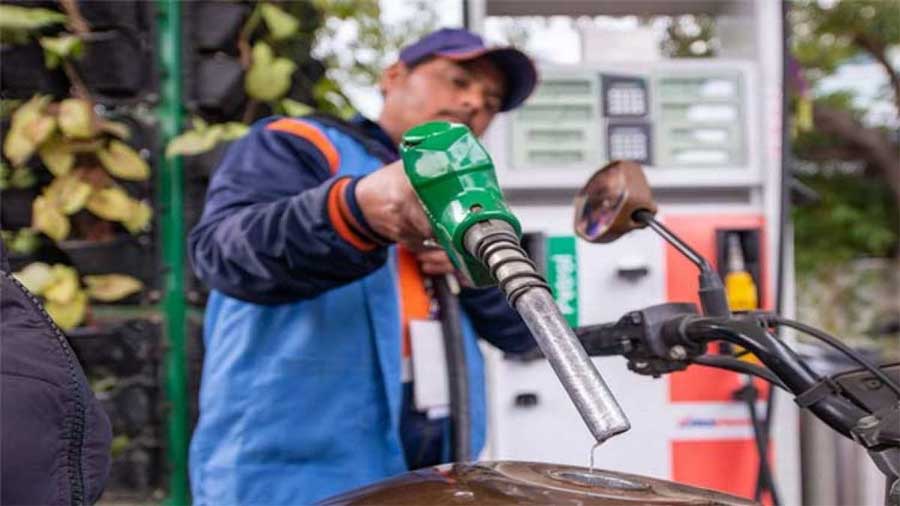ISLAMABAD: Pakistan’s Basmati rice exports grew by 8.97% month-on-month to $58.086 million in January 2022, as compared with $49.161 million in January 2021, WealthPK reported.
The country’s overall monthly rice exports declined by 8.40% and remained at $220.078 million in January 2022 compared with $240.264 million in December 2021, according to Pakistan Bureau of Statistics (PBS).
The country’s overall food group exports in January 2022 were $471.500 million as compared with $533.565 million in December 2021, showing a decrease of 11.63%.
On a year-on-year basis, food group exports increased by 14.31% as compared with $412.483 million in January 2021.
The country’s rice exports witnessed 11.16% growth during the first seven months (July-January) of the current fiscal year and reached $1.286 billion compared with $1.157 billion during the same period of the last fiscal year.
Rice exports witnessed 13.30% YoY growth in January 2022, as compared with $194.245 million in January 2021.
The overall exports of knitwear during January 2022 were Rs68,297 million, readymade garments Rs58,390 million, bedwear Rs46,617 million, cotton cloth Rs38,239 million, rice (others) Rs28,561 million, towels Rs16,056 million, cotton yarn Rs13,652 million, fruits Rs12,900 million, made-up articles (excluding towels and bedwear) Rs12,135 million and Basmati rice Rs10,241 million.
The main commodities of imports during January 2022 included petroleum products (Rs119,483 million), petroleum crude (Rs67,929 million), liquefied natural gas (Rs65,425 million), medicinal products (Rs52,696 million), palm oil (Rs50,506 million), plastic materials (Rs37,790 million), iron and steel scrap (Rs37,255 million), iron and steel (Rs35,327 million), mobile phones (Rs31,695 million), and un-milled wheat (Rs27,685 million).
Pakistan’s exports increased by 24.48% and reached $17.744 billion during the first seven months (July-January) of the current fiscal year 2021-22 compared with $14.255 billion during the same period of 2020-21.
Imports climbed by 59.33% in the first seven months of the current fiscal year, reaching $46.616 billion, up from $29.257 billion in the same period of the previous fiscal year.
The country’s trade deficit widened by 92.45% from $15.002 billion in July-January 2020-21 to $28.872 billion in July-January 2021-22. The figure widened by 29.23% in January 2022 and reached $3.435 billion compared with $2.658 billion in January 2021.
According to Pakistan Economic Survey 2020-21, Pakistan’s rice production was 8.419 million tonnes in 2020-21. Rice exports are expected to increase to 4.2 million tonnes in 2021-22, up from 4 million tonnes in the previous year, reported WealthPK.
Pakistan has one of the lowest per capita rice consumption rates in the region, at 18kg per year. Rice is not yet considered a mainstay of the Pakistani diet as it is in many other Asian countries. If Pakistan’s rice production rises, the country’s net exports will rise as well.
Rice is among the world’s most important food crops. Pakistan has the potential to expand rice production in order to boost exports. To enhance rice output, the government should grant long-term loans to rice growers/farmers.
Pakistan’s economic growth is mainly dependent on its exports by earning income from abroad. If the administration is serious about increasing rice exports, it must put further improving the agriculture policy in favour of farmers high on its list of priorities. – INP
Sign in
Welcome! Log into your account
Forgot your password? Get help
Password recovery
Recover your password
A password will be e-mailed to you.






